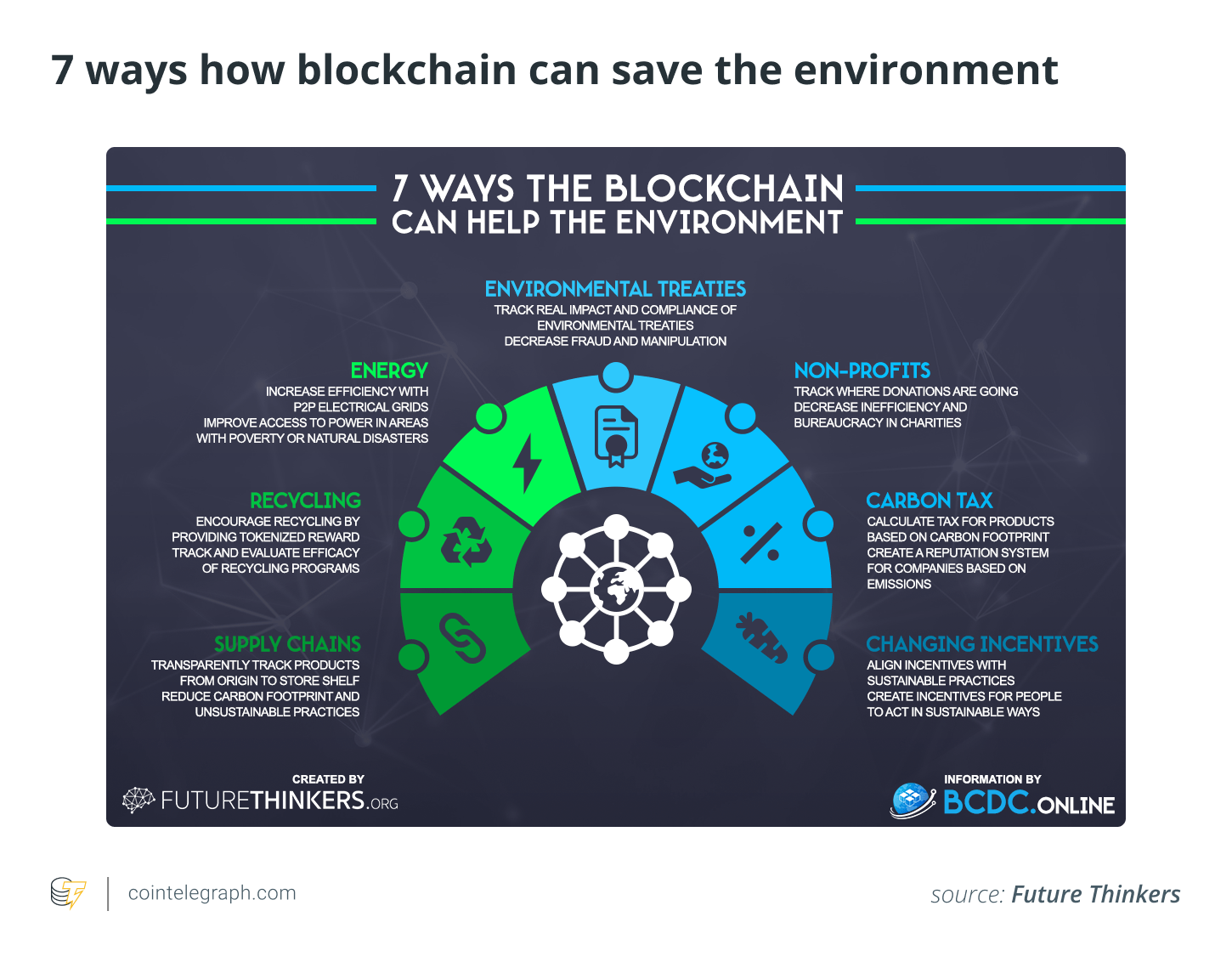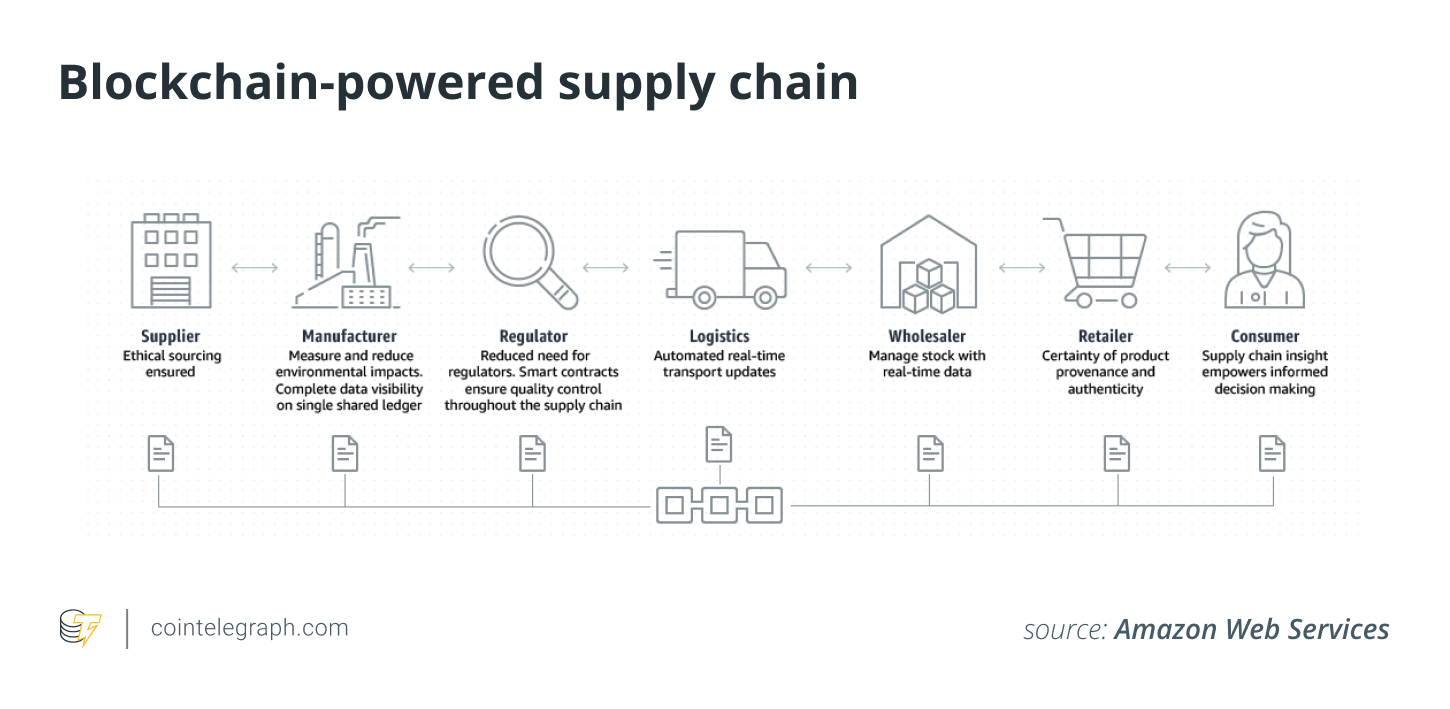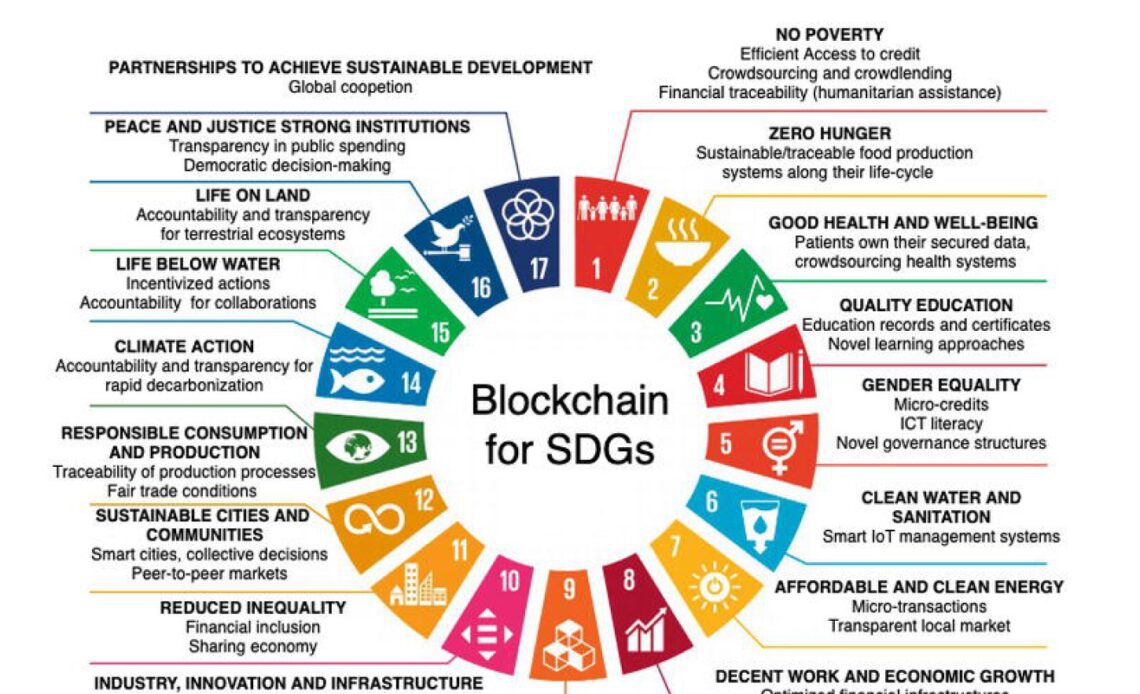In her monthly Expert Take column, Selva Ozelli, an international tax attorney and CPA, covers the intersection between emerging technologies and sustainability, and provides the latest developments around taxes, AML/CFT regulations and legal issues affecting crypto and blockchain.
In June, the United Nations held its “Stockholm+50: a healthy planet for the prosperity of all — our responsibility, our opportunity” event, focused on implementing its Decade of Action to deliver the Sustainable Development Goals, 2030 Agenda, Paris Agreement, and Post-2020 Biodiversity Framework, as well as to encourage a green recovery from COVID-19. The event took place 50 years after the first-ever United Nations Conference on the Human Environment in 1972, giving world leaders the chance to reflect on five decades of environmental action focused on tackling the Earth’s climate, nature and carbon dioxide pollution crises.
My art show “Reef Dwellers” was an associated event at Stockholm+50. It celebrated the role oceans play in everyday life and sought to inspire action to protect reefs, which occupy just 0.1% of global sea surfaces despite supporting more than 25% of marine biodiversity.
Oceans act as large natural carbon reservoirs, absorbing 25% of current annual CO2 emissions and hosting 80% of all life while providing half of the planet’s oxygen. According to the United States National Oceanic and Atmospheric Administration:
“More than 90 percent of the warming that has happened on Earth over the past 50 years has occurred in the ocean.”
The rate at which oceans are warming is equivalent to five Hiroshima atomic bombs being dropped into them every second.
Related: How blockchain technology is transforming climate action
How does blockchain factor into preserving reefs and saving the ocean?
Future Thinkers has outlined several major solutions for how blockchain can help protect the environment.

1. Supply chains
Blockchain technology is being used to improve fish traceability to help stop illegal and unsustainable fishing practices. Fishcoin is a blockchain-based seafood traceability project that “incentivizes supply chain stakeholders to share data from the point of harvest to the point of consumption” to help create a more open, transparent, accountable seafood industry.

Related: Enterprise blockchain to play a pivotal role in creating a sustainable future
2. Recycling | 3. Environmental…
Click Here to Read the Full Original Article at Cointelegraph.com News…
























